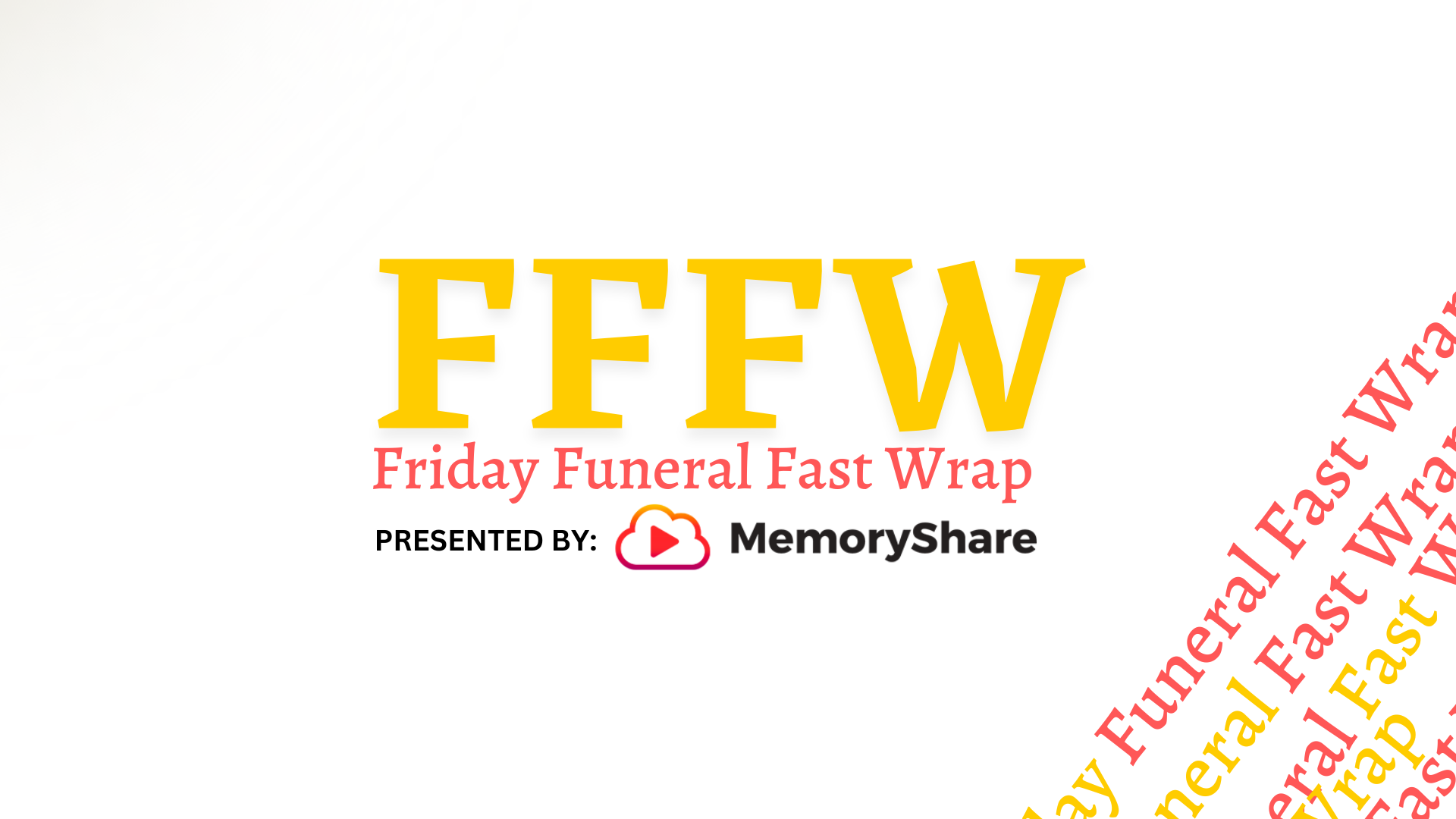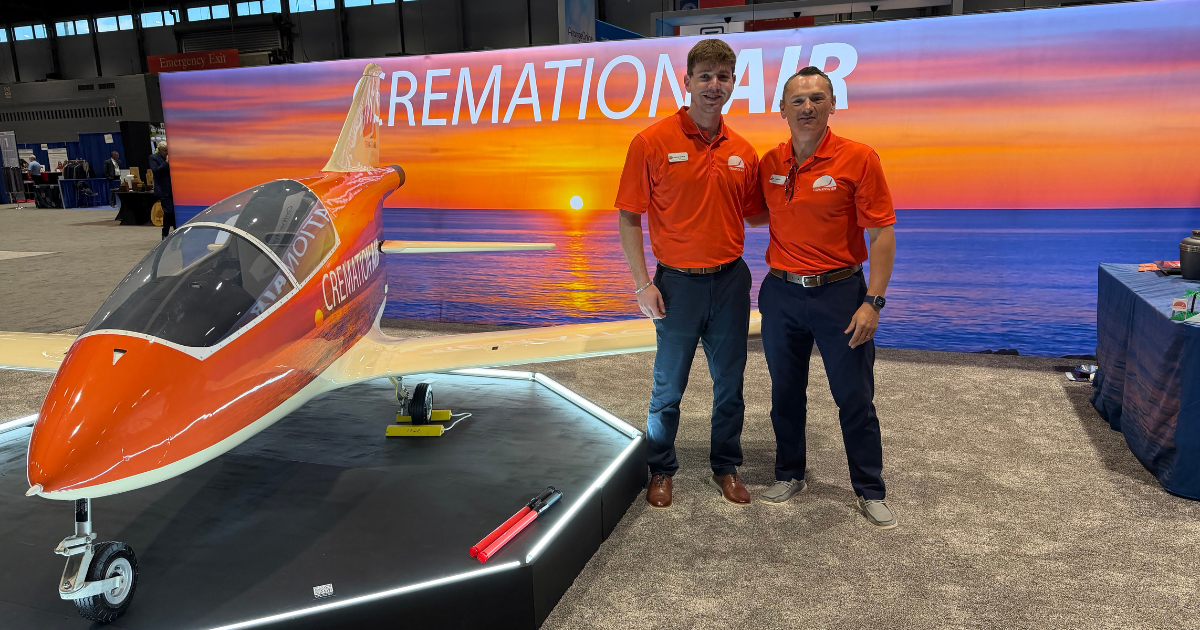Frazer Consultants Responds – Understanding the Full Potential of Electronic Guest Books
Article from: Matt Frazer, Frazer Consultants
Yesterday, FrontRunner CEO Kevin Montroy published an article asking whether electronic guest books should be considered “lead generators” or “business shredders.” And while I certainly believe there’s room for different perspectives on the place of new technology in the funeral profession, I do feel compelled to address some of the serious inaccuracies shared in his article.
“Just Because We Can, Doesn’t Mean We Should”
Montroy is right when he says that, when it comes to technology, “just because we can, doesn’t mean we should.” Not all new solutions will work for all funeral homes, and – quite frankly – not all pieces of new technology offer enough value to make their implementation worthwhile. As a result, it’s imperative that funeral homes take the time to carefully evaluate any new services in the context of their unique customer bases and financial circumstances.
However, there’s a place where this reticence to embrace change becomes a barrier to competitive growth. The saying, “this is how we’ve always done things,” can be the kiss of death for a funeral home that refuses to evolve in the face of a changing marketplace.
We see this fundamental challenge in the shift from traditional burials to cremation. So what if traditional burials have always been a major revenue driver for your business? The reality is that more of today’s consumers than ever want cremation – and you can either adjust to this trend or suffer as more and more of your would-be customers move to competitors willing to embrace the trend favoring cremation.
In the same way, avoiding technology for technology’s sake is a short-sighted approach that’s almost guaranteed to lose a funeral home business to competitors who successfully adopt the tools their customers want. The reality is that the Baby Boomers aren’t like the generations we’ve served in the past. They’re tech-savvy, and they don’t want the same old “Package A” or “Package B” options that previous generations were content with.
At the same time, there’s an oversaturation of funeral homes in many markets. In this era of falling average revenues, the businesses that come out ahead won’t be those who cling unflinchingly to the old ways – it’ll be those that take a thoughtful, measured approach to embracing the tools that give them an edge with current and future generations.
Misconceptions Regarding Stylus Accuracy
Montroy’s article describes stylus-based electronic guest books as “troublesome,” stating that “the typical stylus must first learn and study a user’s handwriting characteristics before accuracy is achieved.” However, this demonstrates a profound lack of understanding when it comes to stylus accuracy.
It’s true that, when used in a personal capacity, tablets using stylus devices for input can take a week or two to learn their owner’s handwriting. However, Tribute eGuest isn’t a personal product – it’s a business system that takes advantage of many different tools in order to guarantee 100% handwriting conversion accuracy.
To see this distinction, think about the US Postal Service. For years, the agency has been using automated data recognition tools to sort incoming mail pieces based on the printed and handwritten information contained on their mailing labels. Every day, millions of pieces of handwritten mail are accurately sorted – even though the systems in place haven’t had the week or two “learning” period Montroy claims is necessary for proper verification.
And it’s not just the USPS that’s using these tools. Banks, hospitals and other businesses with an even smaller margin for error than the funeral industry are moving to digital forms – and we’ve built Tribute eGuest to operate in the same way. We’ve put all of the following tools in place to ensure that every signature captured is accurately converted into electronic data:
- Advanced conversion algorithms – Unlike the conversion systems found on personal tablets, Tribute eGuest uses the same professional conversion algorithms as the banks, hospitals and other businesses mentioned above. Right off the bat, this gives us a 98% conversion accuracy rate on all entered information.
- USPS-generated APIs – For additional confirmation, we compare the data gathered by Tribute eGuest to databases of names and addresses provided by the USPS. This ensures that, even if a letter or number is converted incorrectly, it’ll be corrected to a known name or address before it’s ever released to your families.
- Manual verification stages – Finally, because we know how important accuracy is to funeral homes, we include a manual verification step, in which a trained operator visually compares the handwritten text to the electronic data to ensure no mistakes slip through the cracks.
While Montroy’s statement that the funeral industry won’t tolerate errors is accurate, the truth is that we won’t either.
The Right and Wrong Ways to Use Preneed Leads
On the preneed side of things, I have to agree with Montroy on one point: any funeral home that takes the leads generated by a digital register book and immediately spams the email addresses gathered deserves to lose business!
Click here to read the rest of this article




